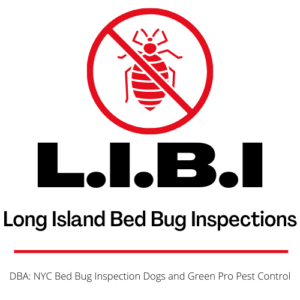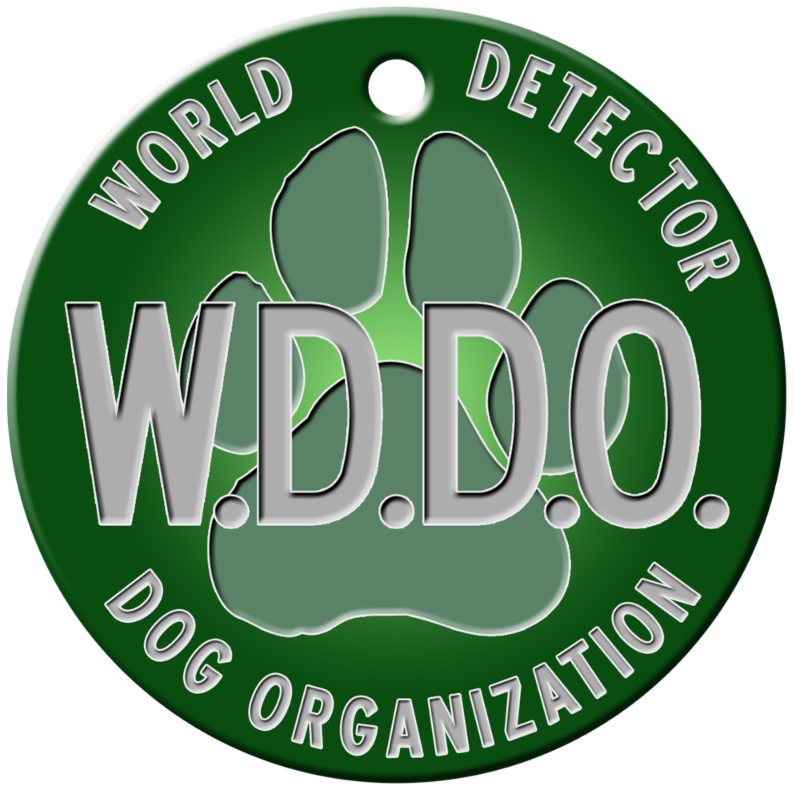If you walk into any hardware store or big box retailer in America you’ll find an aisle dedicated to do-it-yourself pest control. The shelves will be filled with row upon row of insecticides, pesticides, traps and repellants. Depending on where you live you’ll probably also find a smaller, though no less impressive, selection of all natural 100% organic home pest solutions. It’s an embarrassment of pest killing riches. But do they work, and are they worth your time and money?
The short answer to the first part of that question is –“sort of”. Over the counter pesticides can be effective in some cases. Unfortunately, they are not fool proof, and they don’t always deliver on their marketing promises. The question of whether or not they are worth your time and money is harder to answer. It depends on your situation. But when it comes to battling bed bugs the answer is almost always – “no”.
The Appeal of Do-It-Yourself Pest Control
People turn to DIY bed bug solutions for a number of reasons. At first glance it seems easier than hiring a professional. All you have to do is run down to the hardware store and pick up a fogger or a can of pesticide and ‘hey presto’ you’re ready to go. Of course, it’s not really that easy, and those pesticides can be dangerous and ineffective.
Then, of course, it seems to be more affordable. Shell out for a couple of cans of insecticide and some packets of diatomaceous earth and you’re good to go, right? Wrong. These home treatments might seem like a good deal at the time, but in the long run they can cost you much more than you bargained for.
But let’s get a little bit more specific. Let’s look at some examples of DIY bed bug treatments and talk about why they are ineffective and how they might lead to bigger trouble down the line.
Bombs and Foggers
Bed bug bombs and foggers are total release products. That means that the contents of the can are released in one go. Originally designed to combat fleas and other common insects they’re now being marketed for use against bed bugs.
Foggers and bombs present a number of problems. First, the pressurized can releases the chemical agent straight into the air. The droplets will then disperse to land randomly throughout the room that is being treated. This isn’t really effective when it comes to battling bed bugs. The chemical agent doesn’t get into cracks and crevices let alone behind baseboards. The bed bugs simply hide until the eruption is over, waiting until the time is right to strike back.
Secondly, the chemicals used in foggers are toxic. You don’t want to stick around once they’ve been triggered. Moreover, the vapors are flammable and can be ignited by the pilot light on a stove or heater or by a spark from an electrical appliance as it cycles on and off.
Ultimately, the best you can hope for from a bed bug fogger or bomb is a short reprieve, and that’s only because the bed bugs have retreated into the walls to wait out the vapors or have simply move to another room in the house.
Aerosol Insecticides
Still the most common of all household pest control products, aerosol insecticides kill on contact. For the most part they are effective. However, you have to be able to see your target, and reach it with the aerosol spray, in order to kill anything. The problem is bed bugs are elusive creatures. They tend to hide when they are not actively feeding. So it is difficult to a real dent in their population with a simple contact killing aerosol spray. You may get a few bed bugs, but you’ll never get them all. Moreover, the scent may well drive the rest of the colony into other parts of your home, effectively expanding your bed bug problem.
Diatomaceous Earth
Diatomaceous earth has become a fairly popular home treatment for bed bugs. One of the problems with DE is that is really more effective as a preventative measure than as a treatment for a full-scale infestation. It’s also slow to take effect, and time is of the essence when you’re fight bed bugs.
You also have to know which type of diatomaceous earth to use. There are different types of DE and not all of them work as a bed bug treatment.
- Pool grade DE – this is used to filter impurities in water and is dangerous when inhaled. It should not be used as a bed bug treatment.
- Feed grade DE – this is rarely used anymore as its primarily effective in gardens and farms.
- Food grade DE – this is a multipurpose DE and is safe to use in the home for the prevention or treatment of bed bugs.
Again, it is important to remember that while DE can be an effective DIY treatment for bed bugs it takes time. More importantly it is unlikely to kill all of the bed bugs in your home, so you are really only buying yourself some time. Sooner or later you will have to address the larger issues of a bed bug infestation.
Calling in the Professionals
The attraction of do-it-yourself bed bug treatments is certainly understandable. At first it seems like a perfectly sound inexpensive alternative to hiring a professional exterminator. Unfortunately, over the counter treatments have so many drawbacks that in the long run you end wasting time and money, only to find yourself calling in a professional anyway once you’ve exhausted all of your home remedies.
If you suspect your home has been invaded by these blood sucking little creatures, resist the DIY urge. Schedule an appointment with a certified bed bug inspector and exterminator and attack the problem head on with an experienced ally. In the long run, you will be saving yourself time, money, and considerable heartache.
Published by Scott Palatnik
If you believe you’ve brought bed bugs into your home or office, give us a call, we can help!
Now with 2 locations. On Long Island @ 516-619-6149, or in NYC @ 212-299-9186
We are Long Island Bedbug Inspections.
Your Bedbug Inspection, and Elimination solution.


